The 5W1H framework—What, Where, When, Why, Who, and How—originated in journalism but has since evolved into a universal model for structured thinking and clear communication. In today’s data-driven landscape, this approach is essential for managing complexity, improving transparency, and building trust.
As data environments grow increasingly distributed and dynamic, the true value of a dataset lies not only in what it contains—but in how it connects to the broader data ecosystem. That’s where the 5W1H model becomes crucial, especially when embedded in modern data catalog and lineage systems like those in Qlik Cloud.
Bringing 5W1H into Qlik Cloud’s Data Catalog and Lineage
Qlik Cloud provides a unified, governed environment to map, manage, and explore data assets across your organization. When combined with the 5W1H framework, its Data Catalog, Business Glossary, and Lineage capabilities deliver unmatched clarity, control, and context.
Here’s how each question is addressed in practice:
- What – What is this dataset? What does it mean for the business?
TheQlik Cloud Catalog classifies and organizes data assets with rich metadata. Combined with the Business Glossary, it enables users to understand the business definitions, KPIs, and metrics behind each dataset.
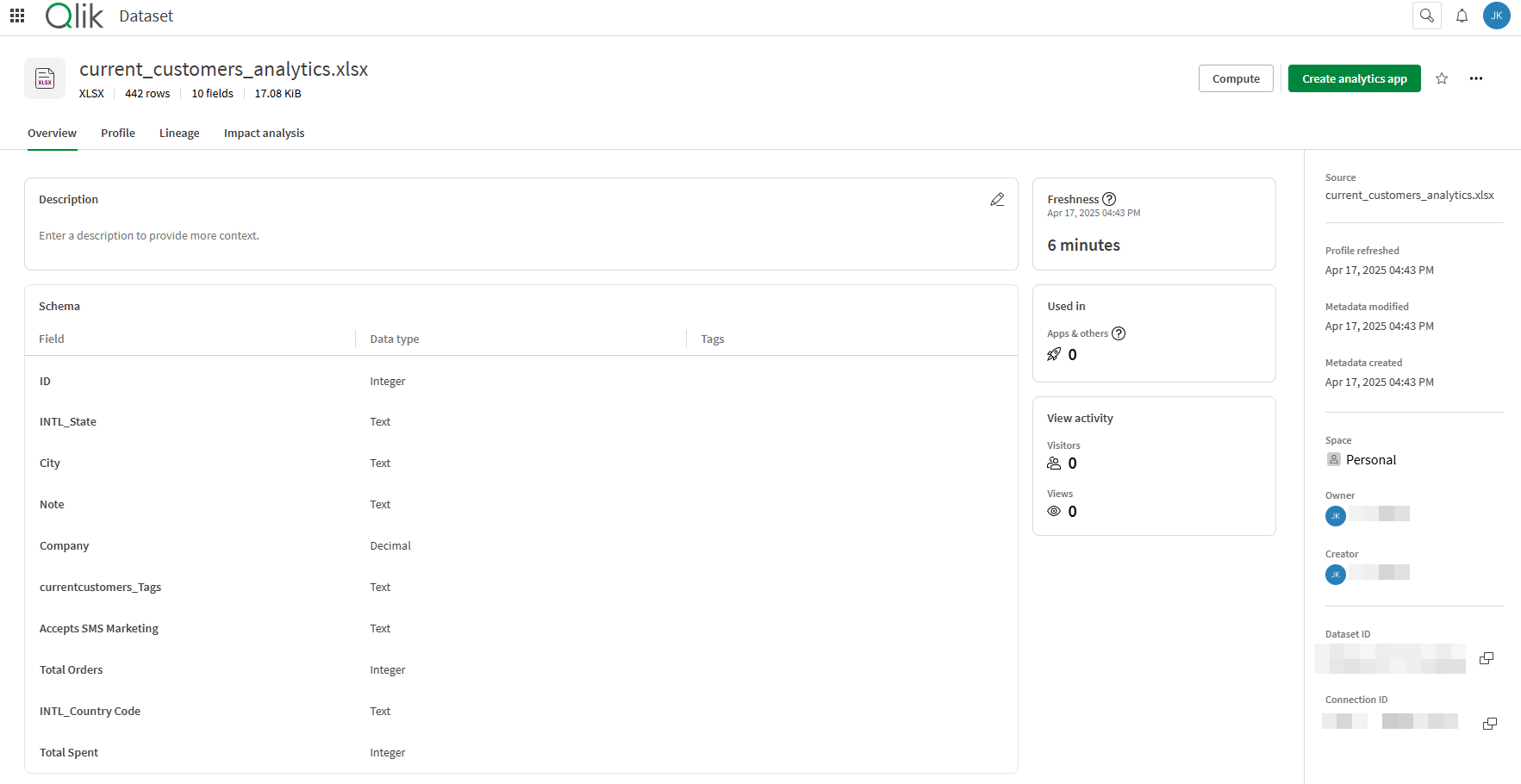
Catalog 1.1

Catalog 1.2
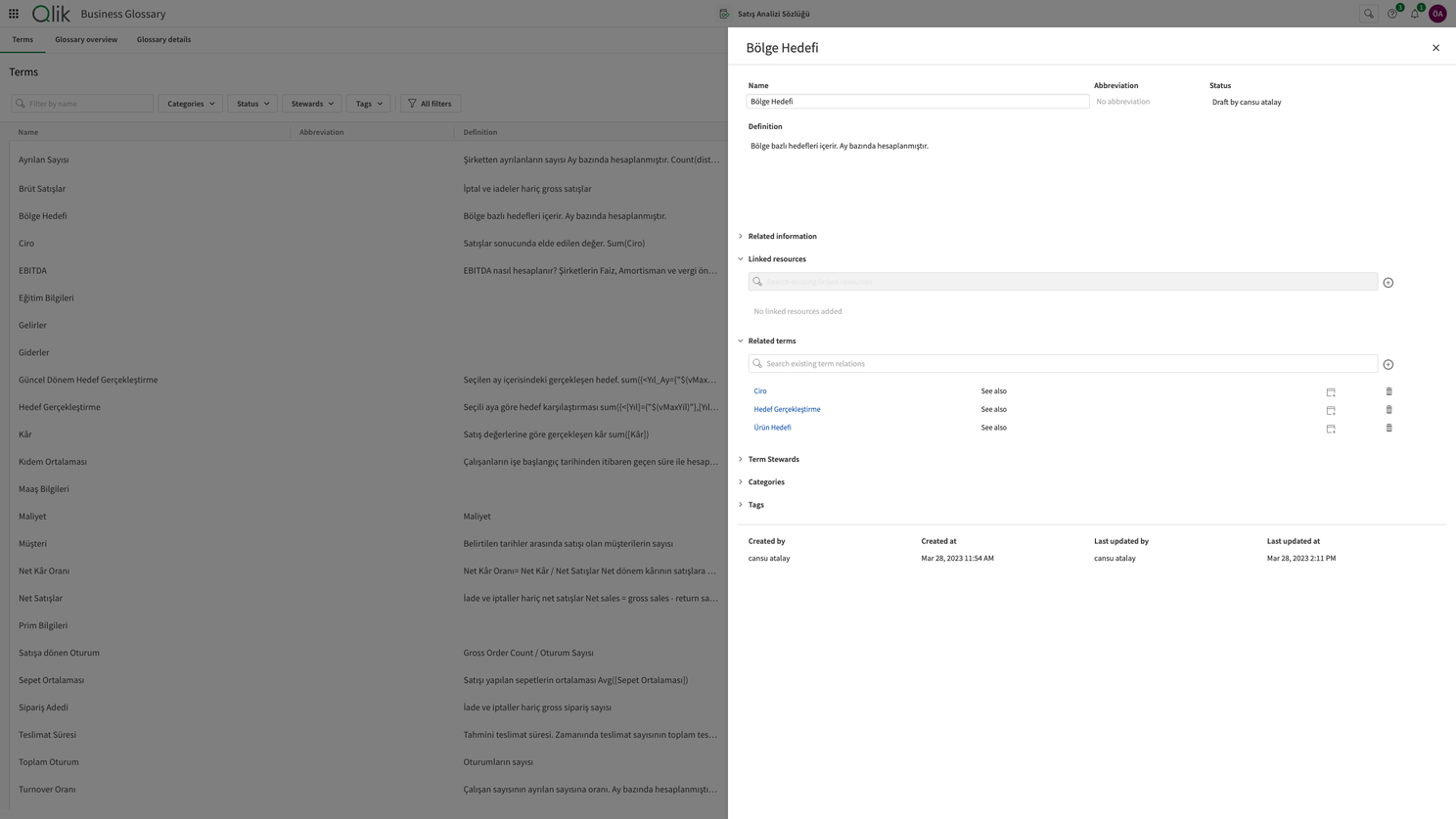
Business Glossary 1.1
- Where – Where does the data originate and where does it go?
The Lineage View in Qlik Cloud visually traces data from its source systems through transformations to end-user dashboards, showing full upstream and downstream flow.
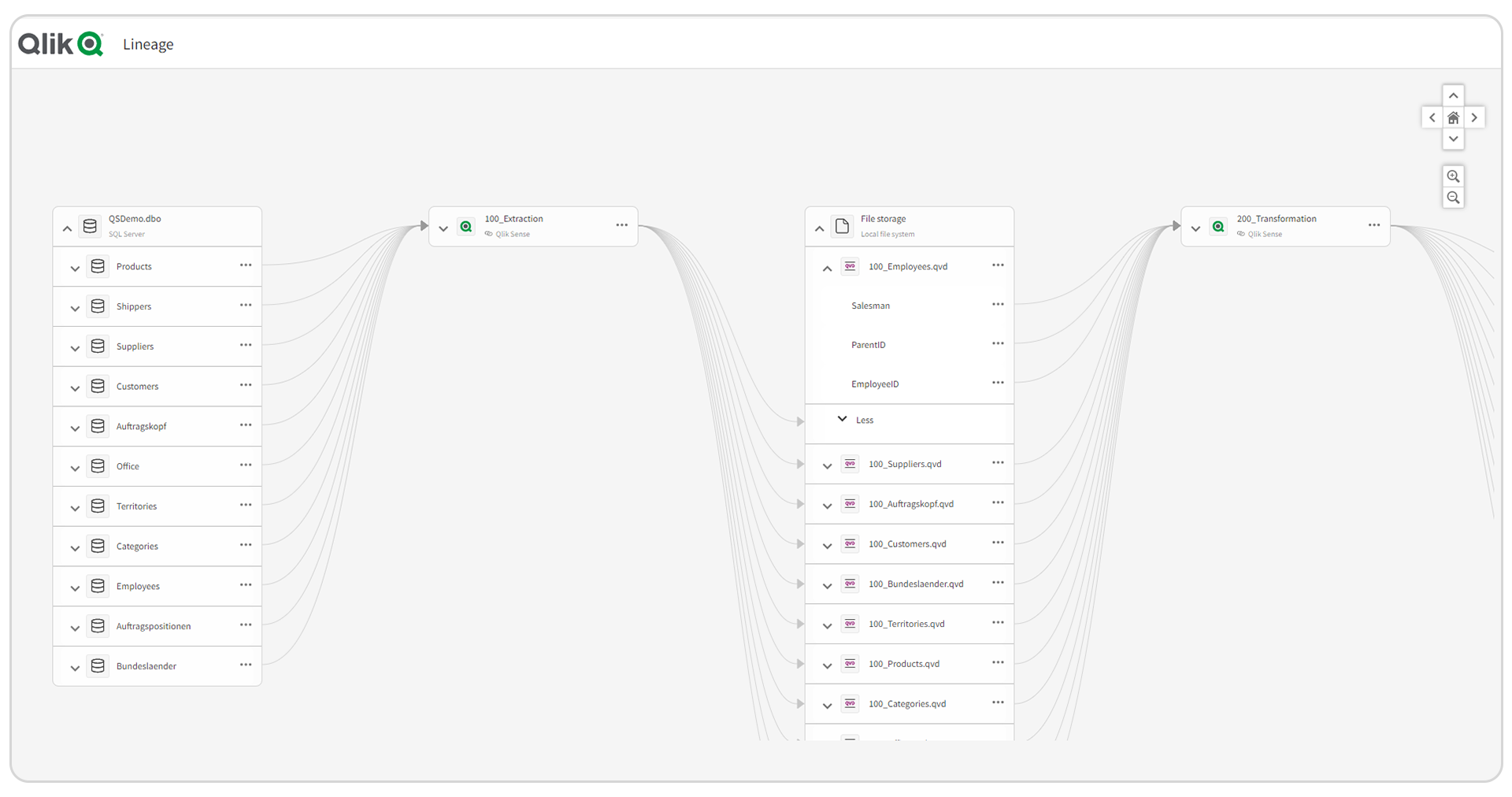
Lineage 1.1
- When – When was the data created, modified, or used?
Time-based attributes enable versioning, auditability, and temporal context.(Catalog 1.1)
- Why – Why was this data collected? Why is it important?
Purpose-driven tags, business classifications, and contextual notes within theBusiness Glossary help clarify data relevance and its role in decision-making. (Business Glossary 1.1)
- Who – Who owns the data? Who uses or governs it?
Qlik’s governance model enforces data ownership, stewardship roles, and access policies, ensuring accountability and secure collaboration.
- How – How is the data processed or transformed?
Through the Lineage View, users can inspect the full data journey—from raw ingestion to final analysis—including applied transformations and logic.
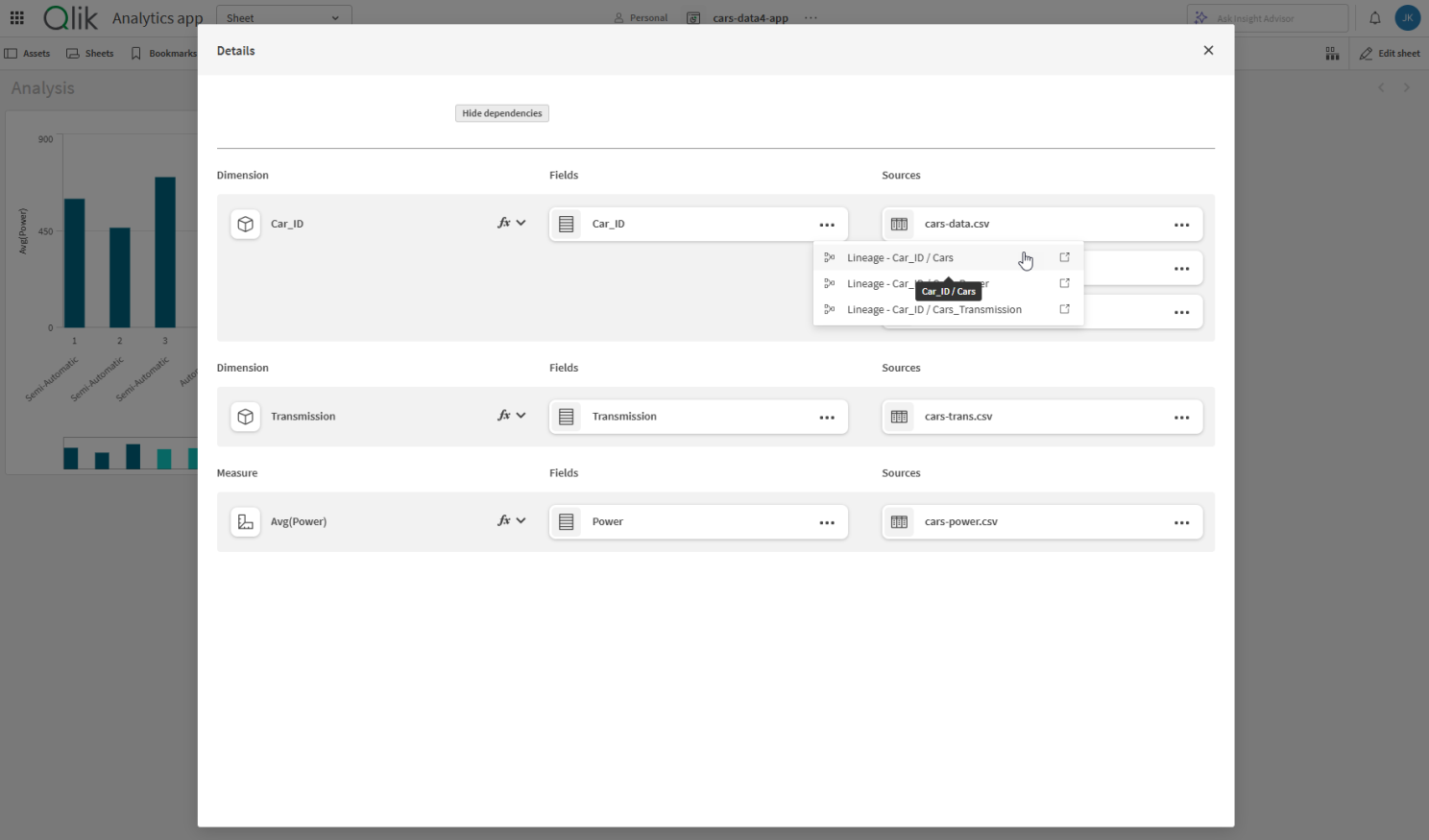
Lineage 1.2
Why 5W1H Matters for AI
In artificial intelligence, context is everything. Models are only as trustworthy as the data they are trained on. Without proper documentation of origin, ownership, and purpose, AI initiatives are vulnerable to:
- Bias
- Regulatory issues
- Misinterpretation
- Loss of stakeholder trust
Here’s how integrating 5W1H into your data catalog and lineage benefits AI development:
- Model Explainability: Knowing What, Why, and How helps teams interpret outputs and justify decisions.
- Bias Detection: Understanding Who labeled or curated the data, and Why, helps reveal hidden bias or blind spots.
- Audit Readiness: When and Where provide a verifiable trail, essential for compliance and ethical accountability.
- Data Readiness: Clear lineage and business context reduce onboarding time and boost confidence for data scientists.
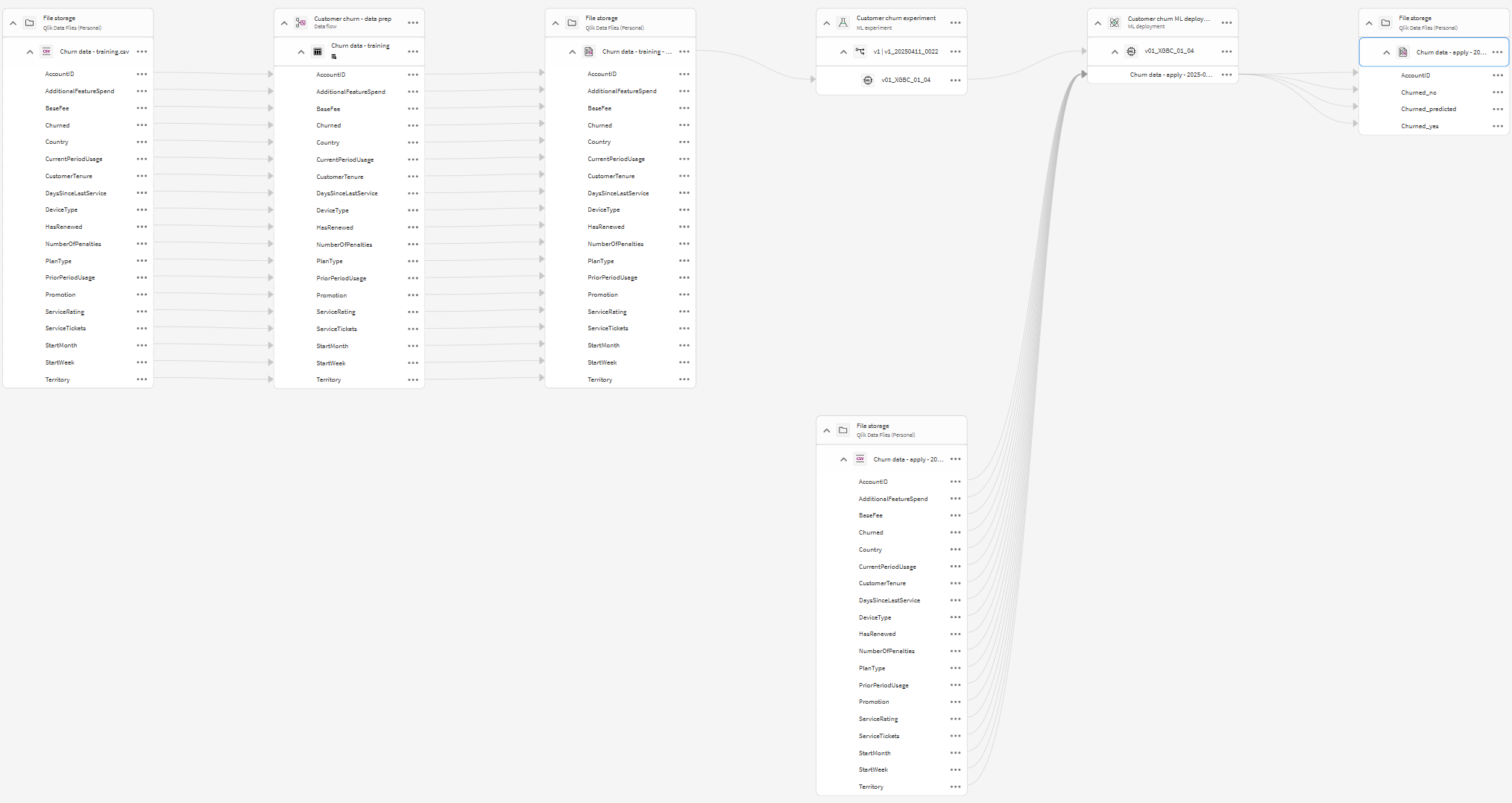
Qlik Cloud turns the 5W1H framework from a theoretical concept into a practical, operational layer across your analytics and AI infrastructure. It’s not just about data management—it’s about doing data differently.

